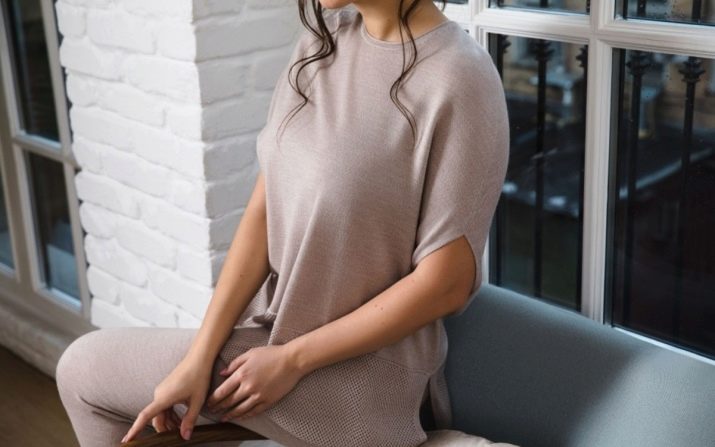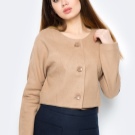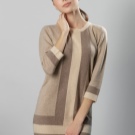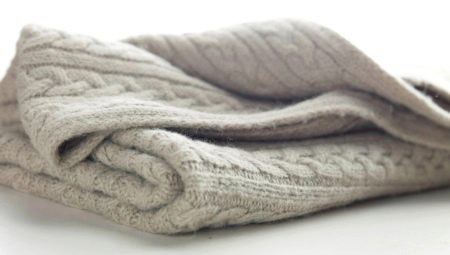Any woman knows well that cashmere items are a real luxury that not everyone can afford. It is not without reason that this fabric is called “soft gold”. Before you buy such a thing, it would be nice to know what are the features of this unique material and the subtleties of caring for it, as well as learn to distinguish a cheap fake from the original.
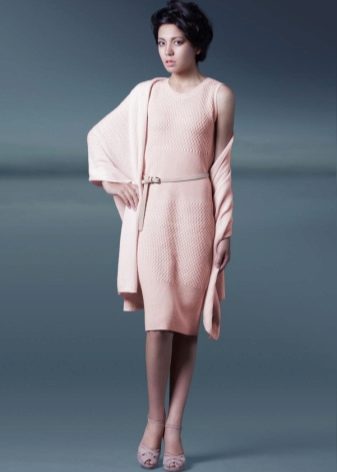

What it is?
This definition has been heard by many, but few know its meaning. Cashmere is a super-thin twill-type weave material. The canvas is made from yarn made from the fluff of mountain goats that live in Pakistan, as well as northern India, parts of Mongolia and Nepal.
In all other regions, it is not possible to obtain fluff of the proper quality.
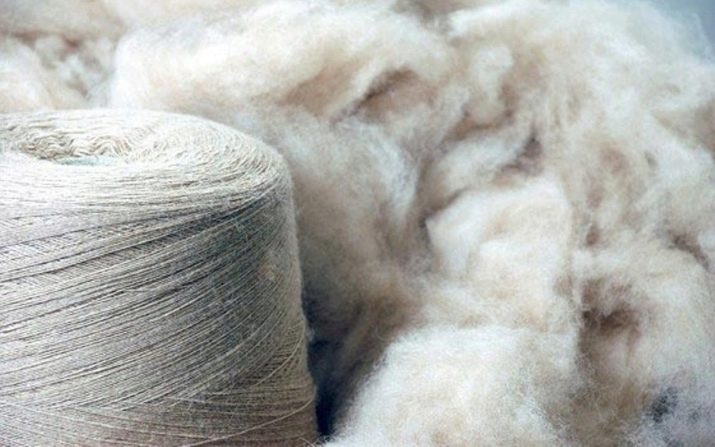
The term itself comes from the name of the region in the west of Hindustan, in the high mountains of the Himalayas near the Pakistan border.
Cashmere thread is two times thinner than human hair, the fluff for its manufacture is combed out by goats during spring shedding, and this is done exclusively by hand. About 200 g of raw material is obtained from one animal, which, after cleaning, gives only 100-110 g.
For reference: in order to make just one shawl, you will need 4 animals' wool, this is what explains the high cost of the material.
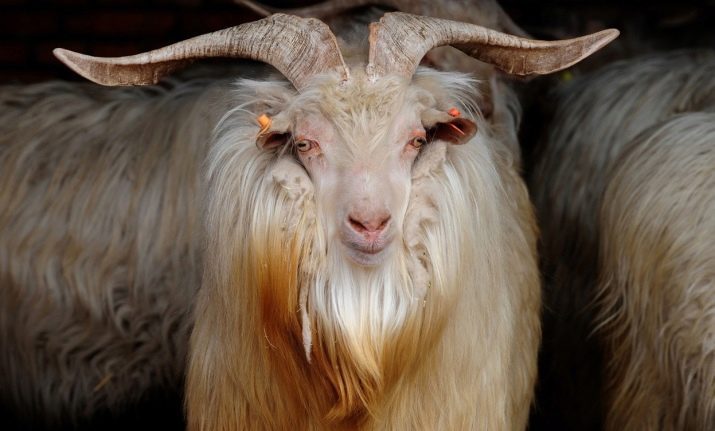
Yarn is also made manually, usually it takes about a month.
Some businessmen, in pursuit of high incomes, tried to raise cashmere goats in England, Australia and even New Zealand, but due to the significant difference in natural conditions, all these attempts were unsuccessful.
Therefore, as before, the main suppliers of wool to our, and many other countries, remain Mongolia, India and Pakistan. But the best fabrics are brought to us from Italy and Scotland - it was there that optimal production conditions were created for high-quality fiber cleaning, dyeing and subsequent spinning.
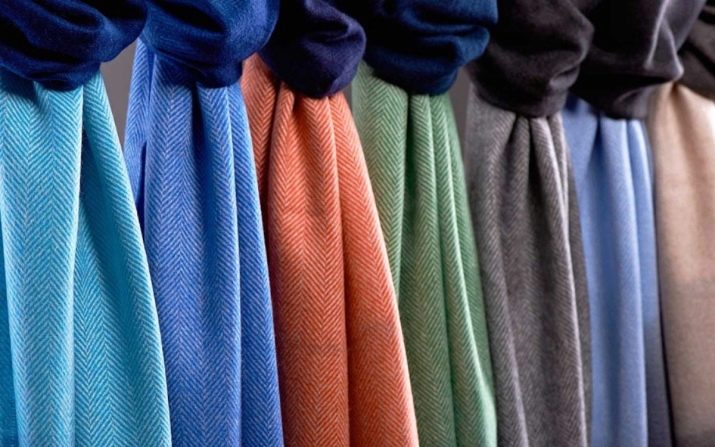
Varieties
Of course, cashmere is a very expensive material, however, often the items from it offered on store shelves vary greatly in value. The type of fabric, its density and shade of the original fiber, as well as the country of origin, affect the price tag of the finished product.
So, white fluff is considered to be the most delicate, it is easier to stain, so things from it are estimated to be an order of magnitude more expensive than those made from black, beige, gray or brown fiber.
Today, the market is full of Indian, Turkish, as well as Italian and French cashmere, which is divided into several main categories.
- Pashmina. This canvas consists of fluff with the thinnest hairs (less than 15 microns), it is taken for the manufacture of almost weightless shawls, the cost of which on the market starts from 15 thousand rubles.
- Half pashmina. The raw materials for its manufacture are fibers up to 19 microns in size. This material is used for tailoring sweaters, dresses, skirts, and even outerwear.

Three types of yarn are conventionally distinguished by the type of threads.
- Mongolian. In this case, the fluff of several varieties of Chinese and Mongolian goats is taken. Such raw materials are subjected to the most careful processing and manual combing. Things made from Mongolian cashmere are very soft, they do not deform during wear and are not covered with spools.
- Cashmere coat material. This fabric is obtained by a combination of cashmere and other types of wool. As a rule, fluff in such matter is only 30%, but this amount is enough to make the canvas soft, warm and wearable. Most often, cashmere is supplemented with alpaca wool.
- Two-sided coat material. It is used to create exclusive coats from leading designers, most often they are made in limited quantities. Such a material is two wool webs that are held together by fibers. As a rule, one side is one-color, and the second is made in the form of drawings.
The composition and description of the fabric may also vary, since other animals or artificial synthetic components are often added to cashmere to reduce the cost of products.
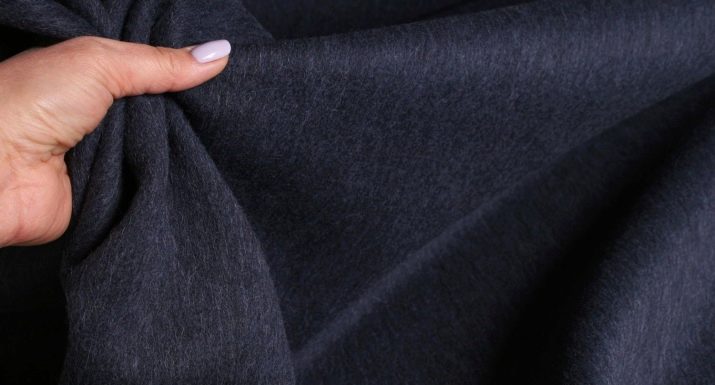
The quality of cashmere is directly related to the way the yarn is scratched - the more “twisted” the thing looks, the sooner it will wear out, therefore cashmere fibers are usually spun so as to smooth out their “wooliness” as much as possible. For this, the threads are strongly twisted, and even form an ornate structure, combining twisting of 2-3 separate threads.
Before spinning, combing is carried out, its task is to separate individual lumps of wool and create even fibers. Modern industry has automated this process - raw materials are passed through a carding machine, where it moves in a large drum, passing through sharp needles and bristles.
If at the end of such processing the raw material goes directly to the roving, and then to the spinning mill, then the carding material is connected. And if it simultaneously passes processing on a combing machine, then the output is combed cashmere. Such a canvas is even smoother, thinner and softer. Combed material is estimated to be much more expensive than carded, but this is an honest difference.
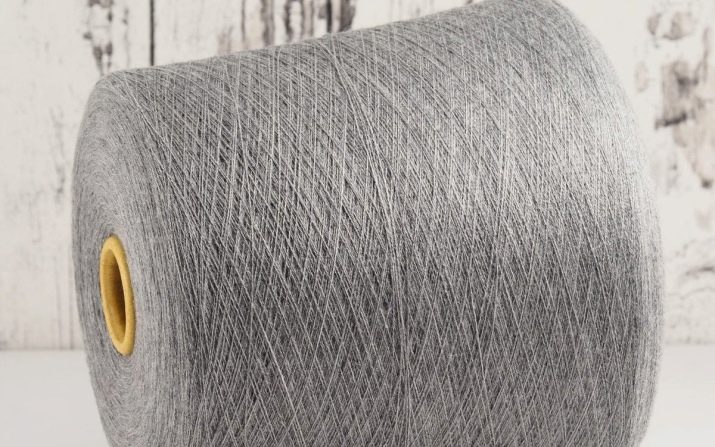
You will learn more about Mongolian cashmere by watching the following video.
pros
The value of cashmere is explained not only by its rarity and difficulties in obtaining, but also by its truly unique properties. This fabric has a lot of advantages compared to all other types of wool materials.
- The canvas is very light and almost weightless - for example, a cashmere sweater can be passed through the ring without any effort.
- The natural product is hypoallergenic, in its fibers there are no conditions for the population of dust mites, as is the case with many synthetic materials.
- In terms of strength and resistance to wear, cashmere can be safely compared with silk and wool.
- The fibers have a fairly low thermal conductivity, so the products always remain warm, it will be comfortable in them under any conditions, but the skin will breathe.
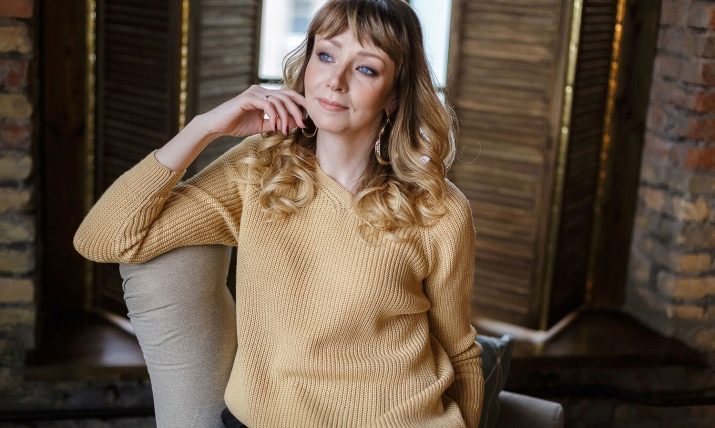
- The coils on the surface of the product appear only after prolonged wear, and then only in the places where two canvases come into contact, for example, in the area where the sleeves fit to the side parts of the product.
- Cashmere fibers are much finer and softer than silk threads, in this regard, the fabric is considered to be the softest of all existing materials for sewing clothes and linen. Products are not pricked or plucked.
- It was noted that the yarn of these goats can have a healing effect on the body, it helps to heal the spine and joints, relieves pain, a state of fatigue and tension.
- Cashmere contains natural wax that cares for the skin.
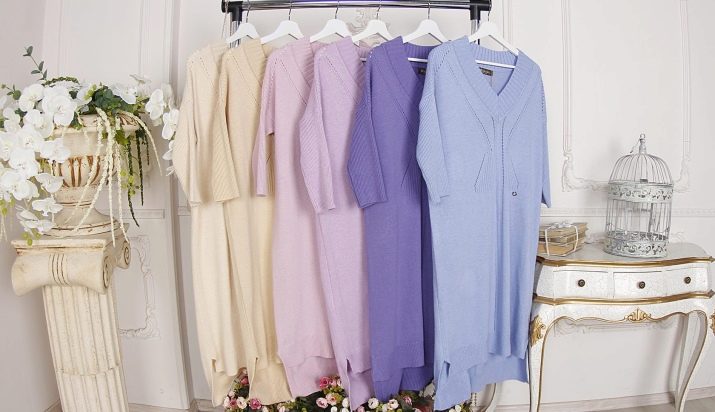
Minuses
Of the minuses of cashmere products, only the complexity of caring for them and the exceptionally high cost can be identified.
Many buyers sometimes can not understand what is associated with such a high cost of the product. It's simple - from one goat, as we already mentioned, you can get no more than 200 g of fluff per year, and after processing its amount is almost halved. In order to make a sweater, you will need the wool of 3 animals, and the cost of cashmere, like that of platinum with gold, depends on its weight.
In addition, fluff is collected exclusively by hand, since the traditions of combing and sorting originate in ancient times.
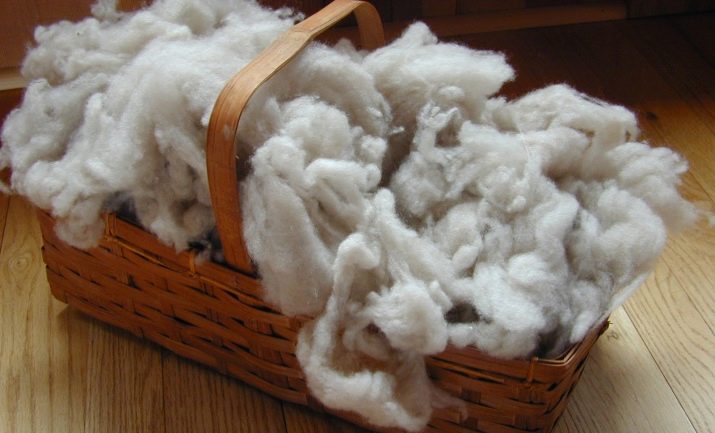
There is another danger associated with the purchase of cashmere items - a large number of fakes. Many brands and brands oriented to the mass sector take the lowest quality fluff with short and dense villi for tailoring. In addition, unscrupulous manufacturers often add synthetic fluff similar in appearance to raw materials. According to experts, some brands use threads of too loose twisting, which give the necessary feeling of softness, but at the same time they quickly lose their shape.
Keep in mind that real cashmere cannot be cheap. If you have a product in front of you for 5 thousand rubles, do not be fooled by the low price. Most likely, these are products of inadequate quality, which in the near future will lose their shape, smoothness and thermal conductivity.
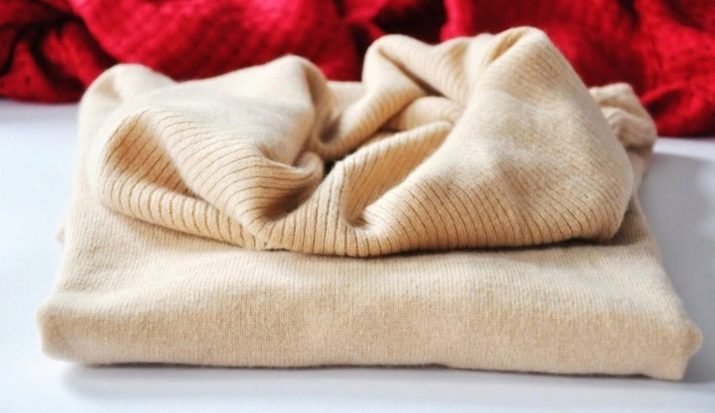
What is it used for?
Cashmere is considered a universal material, it is used for sewing children's and adult clothes, linen for newborns, bedding and blankets.
Skirts, sweaters and cardigans made of cashmere are very popular, as well as gloves, shawls and berets; outerwear from this canvas is rather highly valued.
It should be noted that cashmere items are included in the fashion collections of most modern stylists and designers with a worldwide reputation.
In the East, even carpets are made from such a canvas, and the prices are incredibly high.
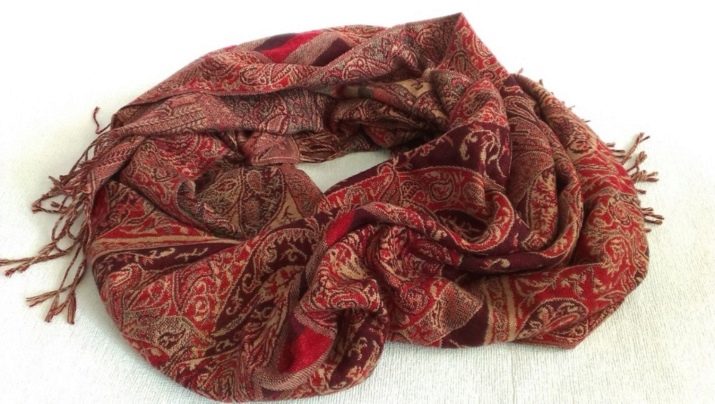


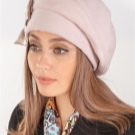
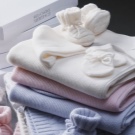
How to care for the fabric?
Cashmere is considered a very strong and wear-resistant fabric. If you properly care for such things, they will serve faithfully to their owners for many years, without worsening their initial gloss. However, such a fabric requires a very reverent and careful handling.
Products from lightweight cashmere should be stored in a cabinet in a horizontal position, but coat ones should be hung on small shoulders, as otherwise unpleasant fractures appear on the surface.
It is not recommended to wear the same cashmere thing all the time, the material must have a little rest after every 2 days of socks, otherwise the thing begins to stretch and become covered with spools. It is best for one day to give socks for 2-3 days of rest.

They only wash cashmere by hand at a temperature of no higher than 30 degrees, and gentle cleaning agents should be used for this.
You can use the washing machine, but only in the delicate washing mode and without spinning in the drum.
Products should be gently squeezed by hand, in no case twisting the canvas, usually it is simply blotted with a towel and laid out on a horizontal surface away from heat sources. But cashmere is not worth introducing to the iron at all - it is best to do with a simple steamer.
If you notice that spools have appeared in some places over time, remove them with your hands or with a comb.

Comparison with other tissues
Cashmere is often compared to wool, but these materials come from completely different animals. So, wool is the hairline of sheep, which is shaved off, while delicate cashmere is only the undercoat, the so-called fluff, which can only be obtained by combing, and strictly from certain breeds of goats.
It should be noted that the number of these animals is small, while ordinary merino sheep are ubiquitous in various countries of the world.
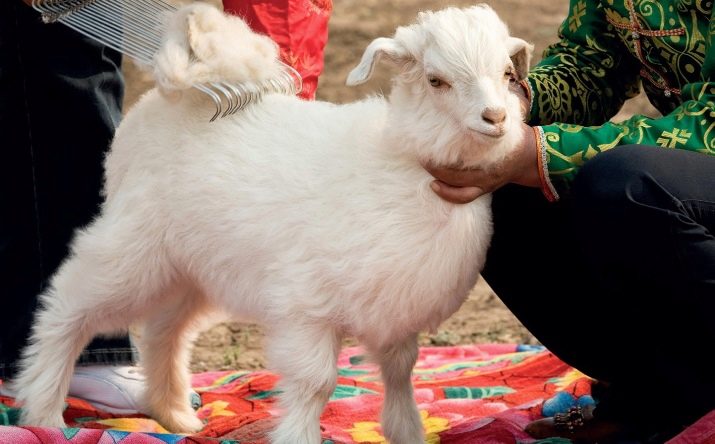
With the "resettlement" of cashmere animals in any country, fluff loses its unique qualities. Extremely harsh climate, in which the temperature rises to 40 degrees in the warm season, and drops to -50 in the cold season, and makes it possible for goats to appear in the desired quality. As for consumer characteristics, cashmere is 8 times warmer - its villi are hollow inside, so they create additional thermal protection.
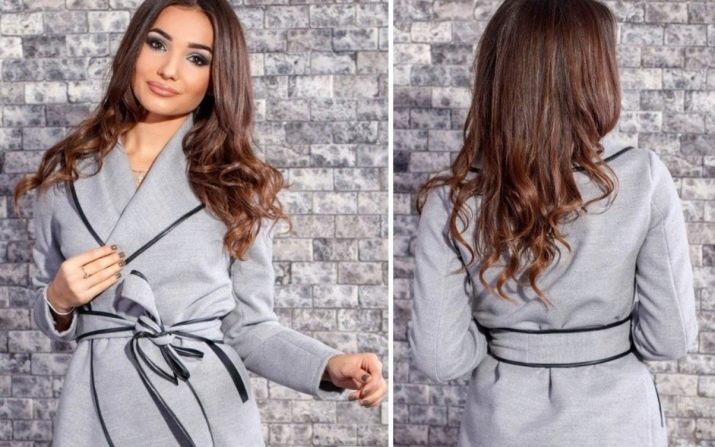
The main "competitor" of cashmere when sewing a coat is considered to be drap - a heavy cloth of complex weaving from a carded thread. Drap has heat-insulating properties due to the two-layer structure, this material is often used for sewing winter and autumn-spring outerwear. Cashmere is softer than drape, it requires troublesome care, but such outerwear looks much more solid. On the other hand, drap is more practical, and its durability is higher, so when buying a coat it is better to give preference to mixed formulations.
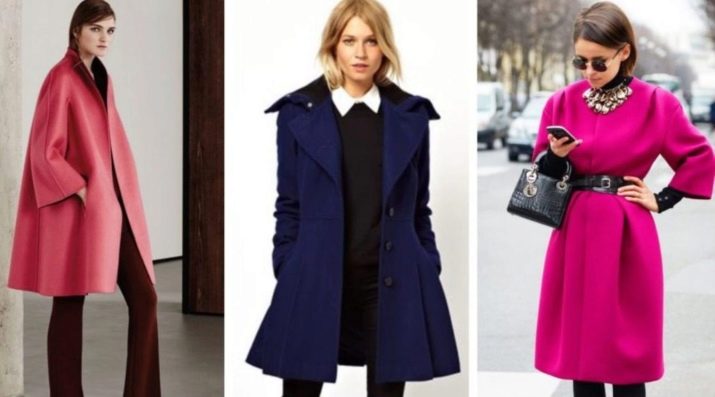
How to distinguish from a fake?
The increased price of cashmere products has led to a large number of fakes appearing on the market. Often, inexperienced users can be deceived and get at all the quality that they expected.
The first indicator that a fake is in front of you can be a low price tag. For example, if you are offered a shawl for 2-4 thousand rubles, most likely it was knitted from wool with a minimum share of cashmere, and if your product is priced even cheaper, then be sure that it was made from plain viscose or acrylic.
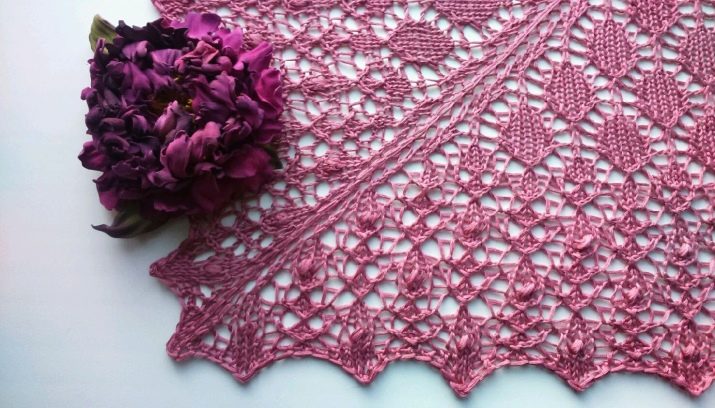
However, unscrupulous sellers can designate prices for their products that are similar to the value of things made from natural cashmere, so it’s quite easy to be deceived. To avoid this, you should be aware of the main differences between the material and its fakes from synthetics.
- Cashmere cannot have saturated colors, this material is difficult to stain, so any dye when applied to the canvas becomes smoky faded. Of course, sellers often assure that the yarn was obtained from white fluff, but even in this case a bright tone cannot be obtained under any circumstances.
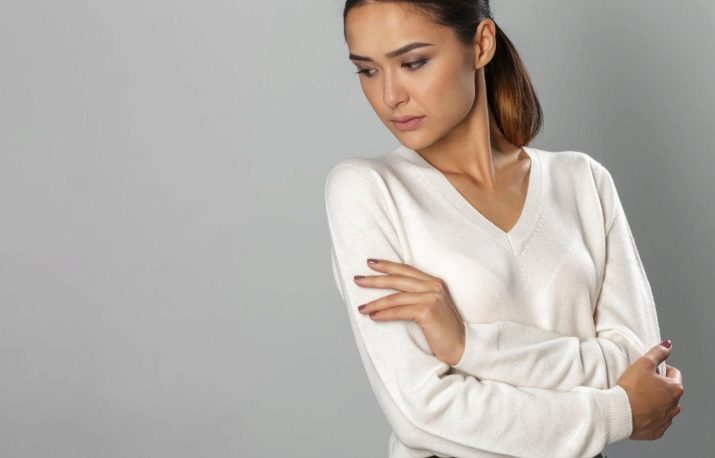
- To decorate the appearance of the fabric, some manufacturers add up to 10% of silk to it, this can be seen with the naked eye, if you look closely at the canvas. In this case, it consists of fibers of different thicknesses, and the difference between a thin downy and thicker silk thread will be clearly visible.
- Before purchasing a cashmere product, you should squeeze the fabric in your hands for 5-10 seconds. If the original is in front of you, soon you will feel a little warmth in the palms, since the fluff has the ability to hold, and even strengthen it.
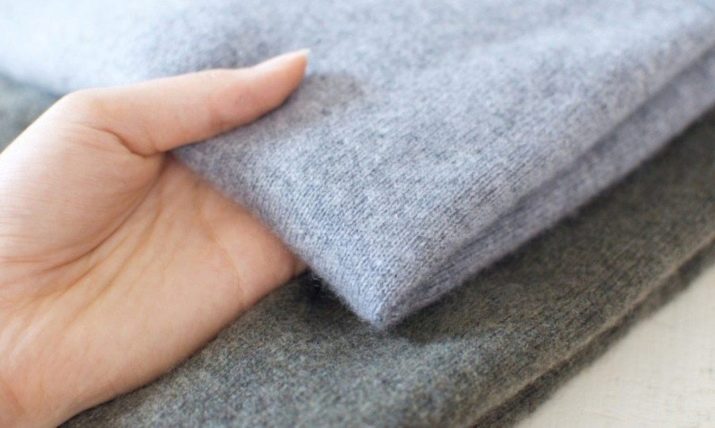
- Keep in mind that natural cashmere cannot shine if you notice that its fibers flicker in the sun, which means that you have synthetics.
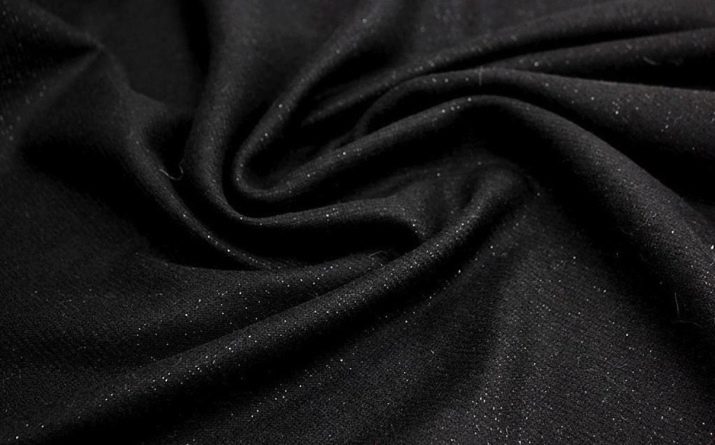
Reviews
Holders of cashmere items give the most positive reviews about this material: products are pleasant to the body, they are soft, delicate, light. The skin breathes freely, but the material retains the heat of the human body. Such things are simply irreplaceable in the winter. Products are worn for a very long time, they do not wear out, do not wear out and do not roll off, they can be worn for years, but only subject to proper care.
There are practically no negative reviews, since such a fabric is really expensive, it looks amazing, emphasizing the taste of its owner. However, due to the fact that there are a lot of fakes in the markets and stores, not all buyers are happy with their purchase. The thing quickly wears out, stretches, spools appear on it, and all this even with proper care. There is nothing to be done here, however, it is worth remembering that such problems are unusual for real cashmere, and you only need to be careful when buying.
